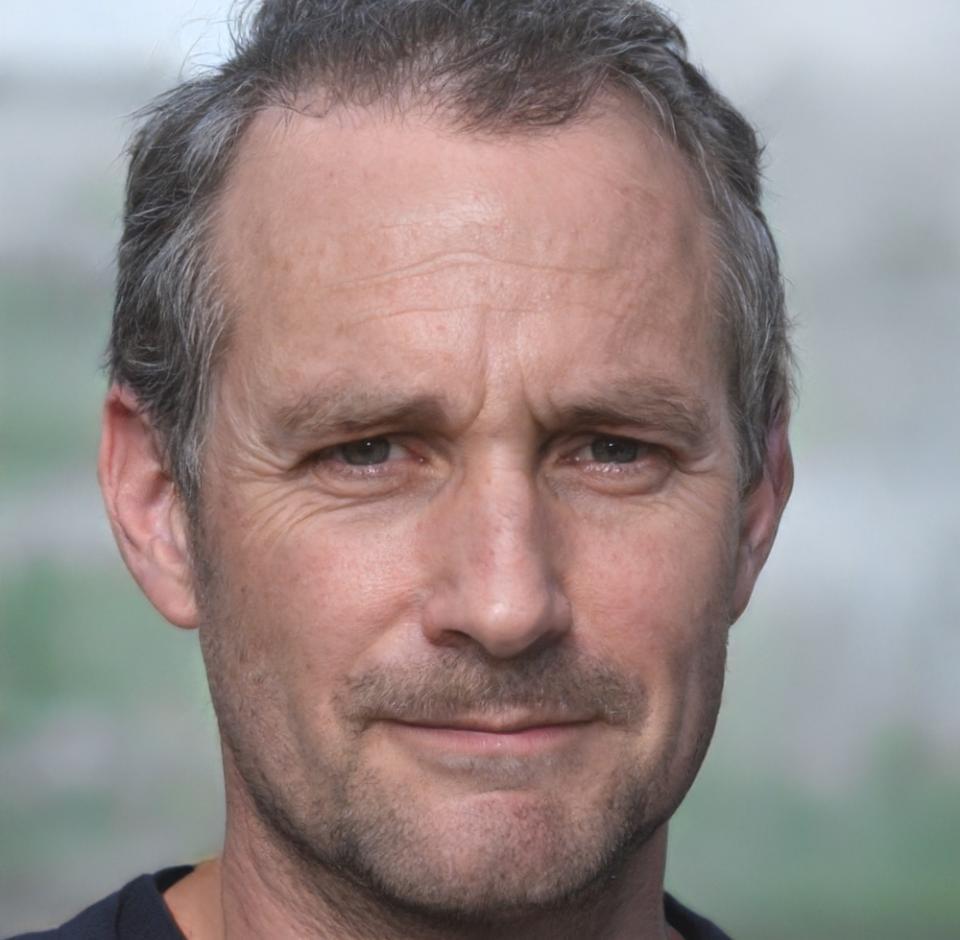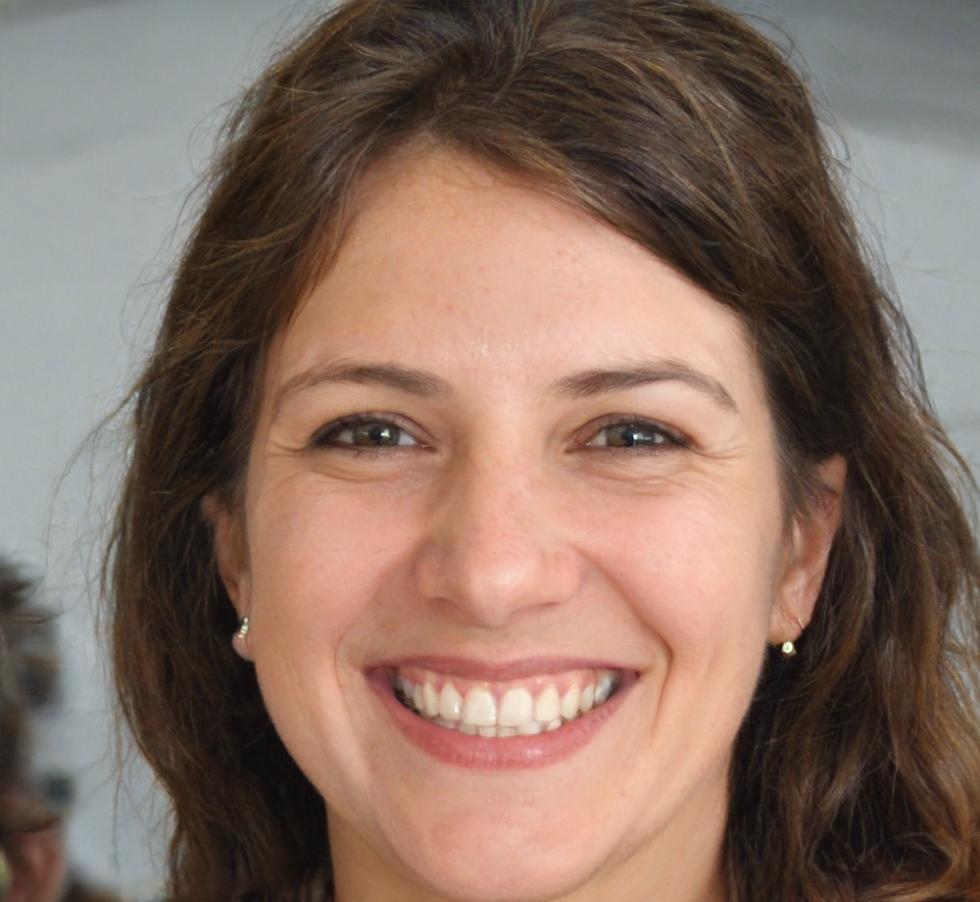What actually happened in those early days
Honestly? We made mistakes. Plenty of them. Our first client engagement in early 2019 took twice as long as we'd estimated because we were still figuring out how to translate complex analysis into plain language.
But something clicked around mid-2020. Clients stopped asking us to "dumb things down" and started asking better questions. That's when we realized we weren't just simplifying—we were creating space for people to understand their own finances properly.
By 2022, we'd worked with over 80 Australian businesses. Each one taught us something new about what clarity actually means in practice. It's not about oversimplifying—it's about respecting people's intelligence while removing unnecessary jargon.





